Vietnam is increasingly integrating deeply into global value chains and production chains.
1. From reception to contribution: Proactive stance and international responsibility
A consistent message in the article is the establishment of a new position for Vietnam in international integration. From a position of following behind, learning and receiving experience, Vietnam has gradually risen to affirm its role as a proactive and responsible partner, ready to participate in the process of shaping the international order and rules of the game, especially in emerging fields.
This is a natural development, based on the integration achievements over the past 40 years, and is also an inevitable requirement as Vietnam increasingly integrates deeply into global value chains and production chains and participates in many important international economic and political institutions.
2. Affirming the decisive role of internal strength in integration
An important theoretical point in the article is the relationship between internal and external forces. The General Secretary emphasized that internal forces play a decisive role, while external forces play a complementary role. This both reflects the reality of national development and demonstrates independent, autonomous, and self-reliant thinking in the context of a world rapidly shifting towards multipolarity and multicenterism, with many potential risks and conflicts of interest.
This idea is also a guiding principle in policy making: integration needs to be closely linked to the process of economic restructuring, growth model innovation, science and technology development, institutional capacity improvement and human resource quality improvement. Without internal strength improvement, integration can lead to dependence and vulnerability to external shocks.
3. Integration is no longer the sole task of the Party and State.
A notable adjustment in thinking expressed in the article is that international integration is not only the work of the Party and the State, but also the cause of the entire people and the entire political system. People and businesses are identified as the center and the subject of the integration process. This is a development in line with modern integration practices, in which the private sector, social organizations and local communities play an increasingly important role.
The shift from the mindset of "Party and State integration" to "social integration" also contributes to building a socialized foundation for integration, thereby improving the effectiveness of policy implementation and the adaptability of the entire system.
4. Integration goes hand in hand with protecting national interests.
The General Secretary also stressed that international integration does not mean compromise or abandonment of principles, but is a process of both cooperation and struggle. This reflects a balanced approach between expanding cooperation with partners, while maintaining independence, sovereignty, and ensuring national interests, on the basis of respect for international law.
In a volatile world, the mindset of "cooperating to fight and fighting to cooperate" is a practical tool to help Vietnam maintain stability and development while still preserving its own position and identity.
5. Linking integration, institutional reform and innovation
A point of strategic value in the article is the connection of international integration with domestic reform policies, especially three major resolutions: Resolution 18 (on streamlining the apparatus), Resolution 57 (on science, technology, innovation, digital transformation), and Resolution 59 (on international integration). This trio demonstrates the integration between foreign affairs and domestic reform, between institutional development and national competitiveness development.
Only by linking integration with institutional reform and scientific and technological development can Vietnam integrate substantially, take advantage of opportunities, and limit risks.
6. Human development – a sustainable foundation for integration
The article pays special attention to human development and education. The General Secretary mentioned the strategy of building a "rising generation" - young citizens with global capacity, who can stand shoulder to shoulder with international friends by 2045. This is a profound approach, showing that integration is not just a matter of market or technology, but first and foremost a story of intelligence, culture and human qualities.
The development orientation of cultural industries, standardized education and training, specialized healthcare, sustainable tourism, etc. also shows a comprehensive integration perspective, not just stopping at economics or politics and security.
General Secretary To Lam's article sets out a theoretical and practical framework for the country's new integration phase. Integration is not just a foreign policy, but a highly integrated development method, in which human, institutional, scientific, technological and cultural factors play a central role.
The directions outlined in the article need to be institutionalized into specific strategies, implemented synchronously from the central to local levels, from state agencies to businesses and people. More importantly, this is the time we need to build a new integration capacity: thinking capacity, action capacity and adaptation capacity - so that the country can not only "keep pace" but also contribute to "setting the pace" in the flow of global integration.
Dr. Nguyen Si Dung
Source: https://baochinhphu.vn/tu-bai-viet-cua-tong-bi-thu-to-lam-nghi-ve-tu-duy-hoi-nhap-trong-ky-nguyen-moi-1022504110854009.htm



![[Photo] Cultural, sports and media bloc at the 50th Anniversary of Southern Liberation and National Reunification Day](https://vphoto.vietnam.vn/thumb/1200x675/vietnam/resource/IMAGE/2025/4/30/8a22f876e8d24890be2ae3d88c9b201c)

![[Photo] The parade took to the streets, walking among the arms of tens of thousands of people.](https://vphoto.vietnam.vn/thumb/1200x675/vietnam/resource/IMAGE/2025/4/30/180ec64521094c87bdb5a983ff1a30a4)

![[Photo] Chinese, Lao, and Cambodian troops participate in the parade to celebrate the 50th anniversary of the Liberation of the South and National Reunification Day](https://vphoto.vietnam.vn/thumb/1200x675/vietnam/resource/IMAGE/2025/4/30/30d2204b414549cfb5dc784544a72dee)

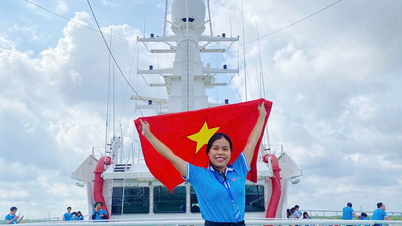

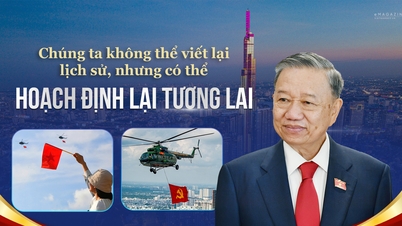

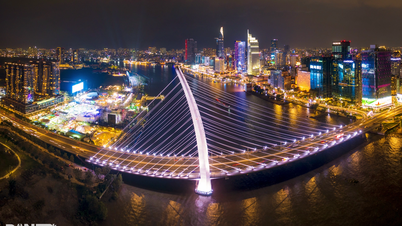

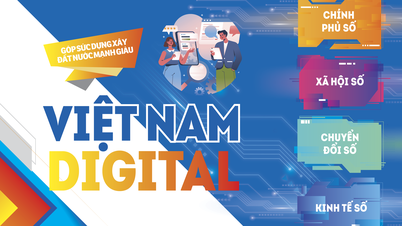

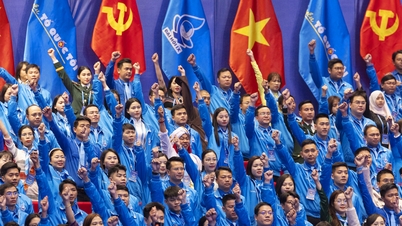

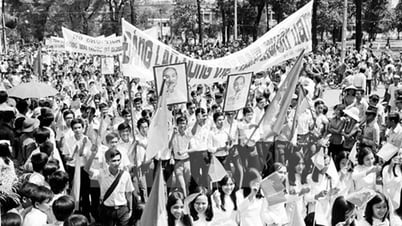











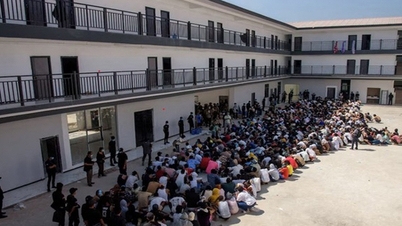


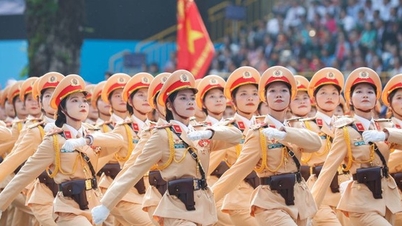
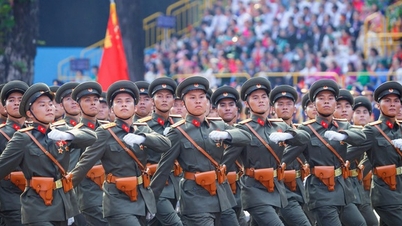

![[Photo] Performance of the Air Force Squadron at the 50th Anniversary of the Liberation of the South and National Reunification Day](https://vphoto.vietnam.vn/thumb/1200x675/vietnam/resource/IMAGE/2025/4/30/cb781ed625fc4774bb82982d31bead1e)











































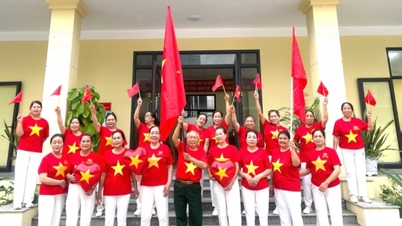

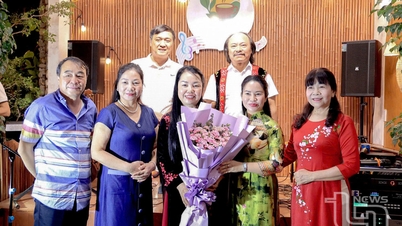

















Comment (0)